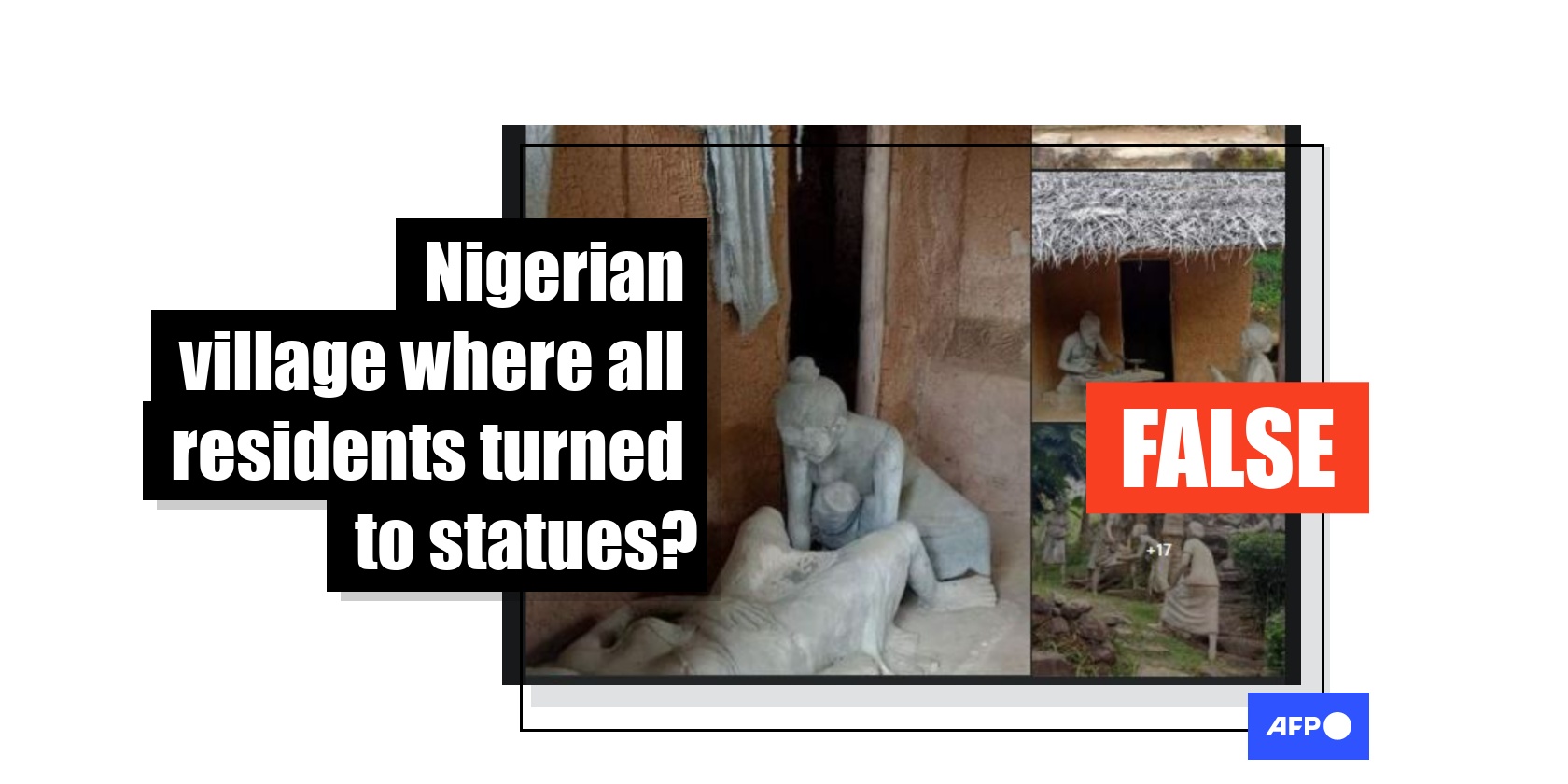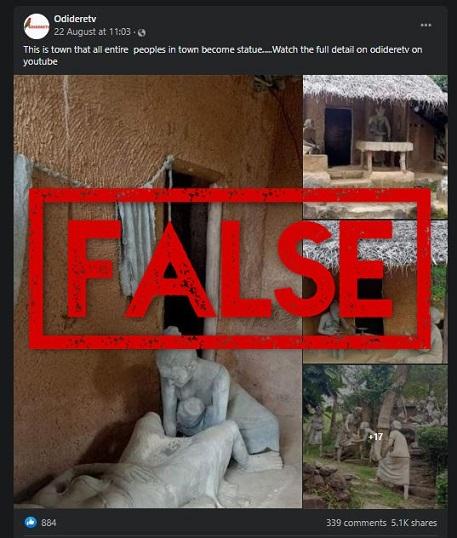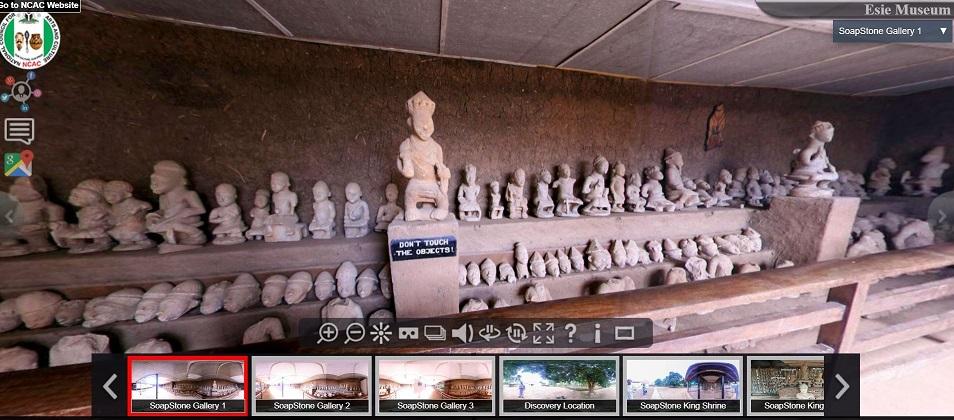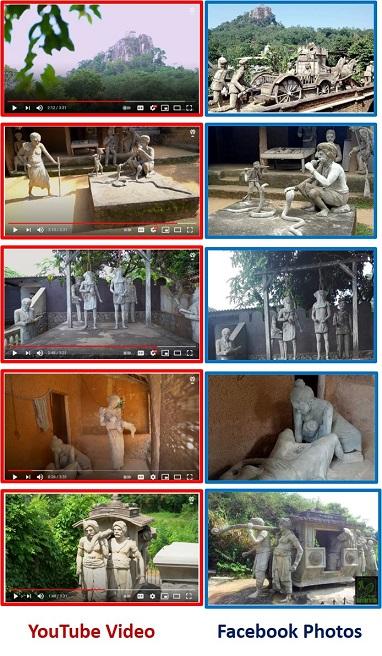
Photos show tourist attraction in Sri Lanka, not villagers turned to stone in Nigeria
- This article is more than four years old.
- Published on August 27, 2021 at 16:42
- 2 min read
- By Segun OLAKOYENIKAN, AFP Nigeria
Copyright © AFP 2017-2025. Any commercial use of this content requires a subscription. Click here to find out more.
At least 20 photos showing stone humans, animals and objects in a rural setting were published in several Facebook posts, including this one published on August 22, 2021. It has been shared more than 5,000 times.
“This is town that all entire peoples in town become statue..... (sic),” the Facebook post’s reads.

Although the Facebook user did not mention where this alleged incident occurred, he directed people to his YouTube page, where he further explains in Yoruba language that the photos show villagers who turned to stone after a volcano erupted on them and solidified.
Meanwhile, the same set of images also appeared in similar social media posts claiming they were taken in Esie, a town in Nigeria’s central Kwara state.
“This is the town where all the entire people in the town became statues,” the post reads. “The town is Esie, Kwara state. You can visit their museum!”
Esie, Nigeria
Esie is home to a museum called House of Images that is well-known for its large collections of ancient soapstone figures of men, women, children and animals.
In August 2011, Nigerian broadcaster Channels Television ran a video report on the artifacts in which the museum's education officer explained that the carved sculptures were once believed to be humans turned to stone for being disobedient.

While these figures feature human-like facial features, they are not life-sized and look nothing like those in the Facebook photos.
Saradiel Village in Sri Lanka
Also, the sculptures in these viral Facebook posts are not found in Nigeria.
AFP Fact Check conducted a reverse image search and found a video report by Sri Lankan media outlet Roar LK from September 2019. It features a village in Mawanella, Sri Lanka, called Saradiel Village.
The village, which features numerous carved figures of humans, animals and objects, was created by Dr. Ariyasena U Gamage to recreate the story of popular rebel Saradiel, who stole from the rich and distributed the proceeds to the poor. The village is now a popular tourist attraction.
Some of the sculpture figures captured in the Facebook photos can be seen in the YouTube video, which also features interviews with tour guides working in Saradiel Village.

Several other Sri Lankan media reports have featured the village, including here and here.
Is there content that you would like AFP to fact-check? Get in touch.
Contact us
